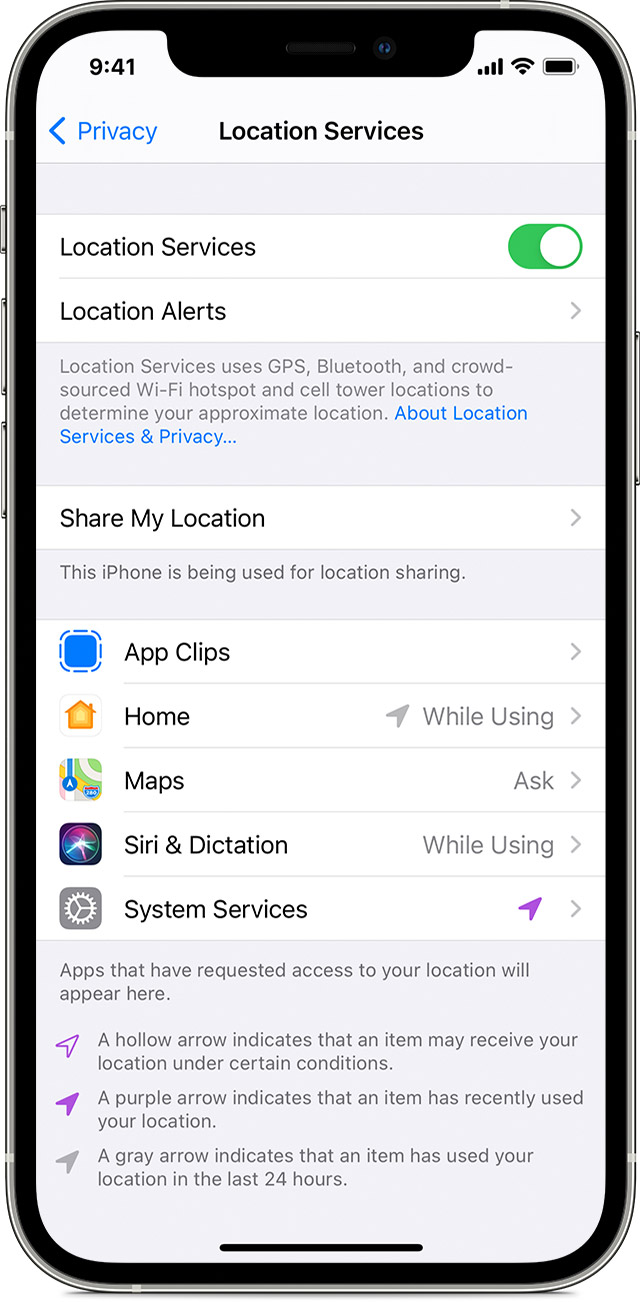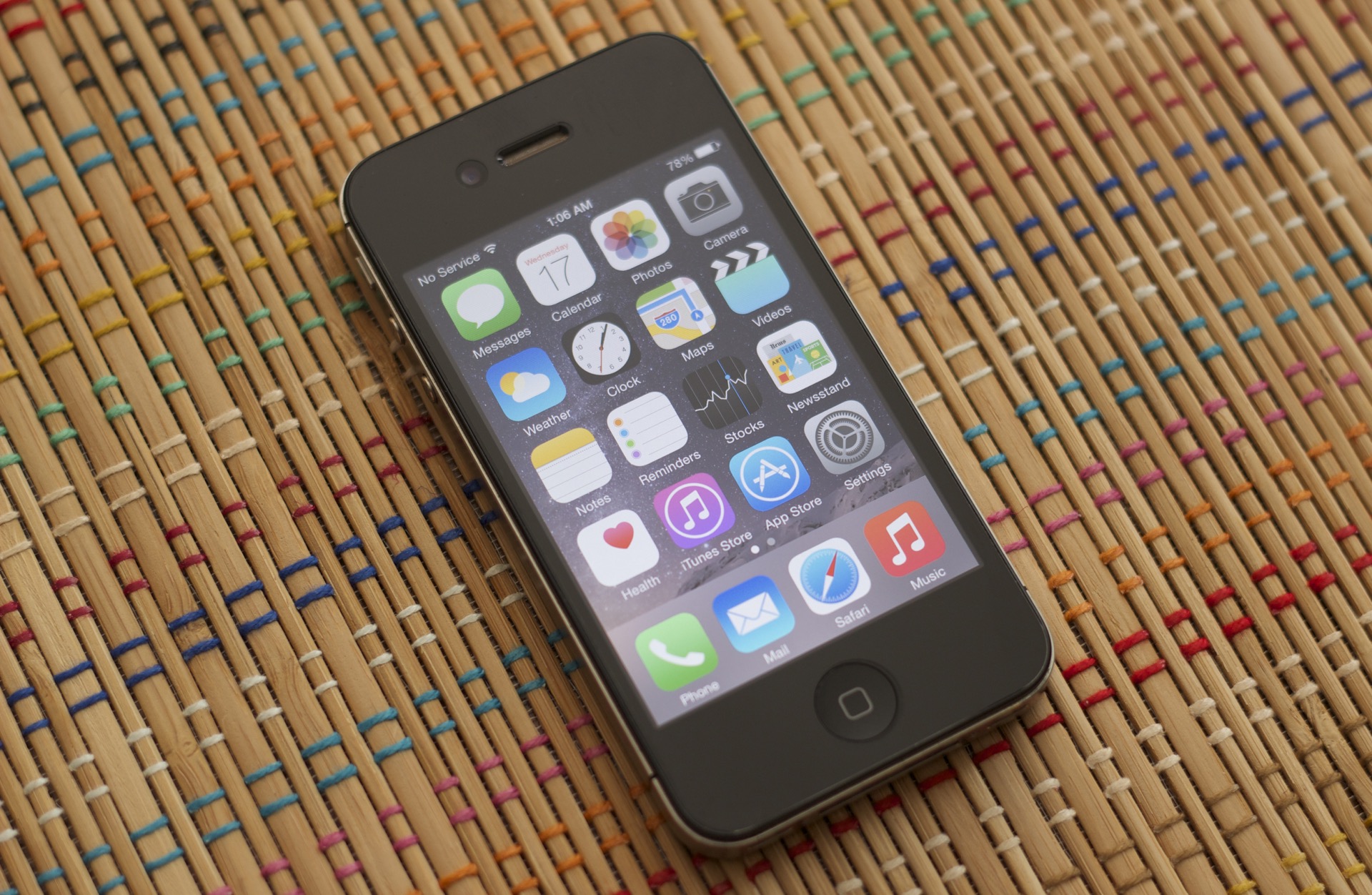

So by clearing your browsing history, you erase all information about your online activity, preventing hackers from getting hold of it, and you can potentially remove malware at the same time. Whenever you do anything online, your browser remembers it, including sites you visit, passwords you enter and so on. If you’ve restarted your iPhone or iPad and the problem didn’t go away, it’s time to try clearing your browsing history and cache. Also, it takes roughly 30 seconds for the iPad to turn off, so don’t worry if nothing happens just after you slide the knob. With the iPad, repeat all the steps, but press the top button to turn the iPad off and on instead.
Press and hold the power button to turn on the device. Slide the knob to the right to turn off the device. Press and hold the power button until the Slide to power off knob appears. Restart your iPhone in three simple steps: Restarting a device doesn’t delete malware, but it halts these processes and can speed up your iPhone. If your device starts glitching or working slowly (the first sign of some malware infections), it may be because you have too many processes running in the background. There are several methods you can try to get rid of viruses on your mobile devices Restart your iPhone If your device has a malware infection, don’t panic. Toggle on our ad blocker to prevent clicking on infected adsĭownload Clario’s free seven-day trial, and start protecting your iPhone and iPad now! How to remove viruses from an iPhone or iPad. Switch on our VPN to hide your online activity from onlookers. It’s the perfect tool for round-the-clock cybersecurity assistance, with real experts keeping your browsing private and safe. Pro tip: Get ahead of cybercriminals by safeguarding your device with Clario. So what should you do if you ever find your device infected? Follow our guide on how to remove viruses and malware from an iPhone and iPad. Thankfully, there is no ransomware for iOS at the moment, but there is spyware, and there are scams that mimic ransomware. Jailbroken devices are at even greater risk, because bypassing Apple’s built-in security features is essentially like leaving a gate wide open for hackers.Ī common way to infect devices is through social engineering, where criminals trick victims into doing something against their own interests. Even though iOS is generally secure and malware is rare, it can happen, and cybercriminals come up with new ways to infiltrate devices every day. 
So the risk to iPhones and iPads is very much real.

For example, since 2015, more than 2,500 apps in the App Store have been infected with malware called XcodeGhost. Despite the widely held belief that iOS devices are immune to malware, that isn’t the case.







 0 kommentar(er)
0 kommentar(er)
